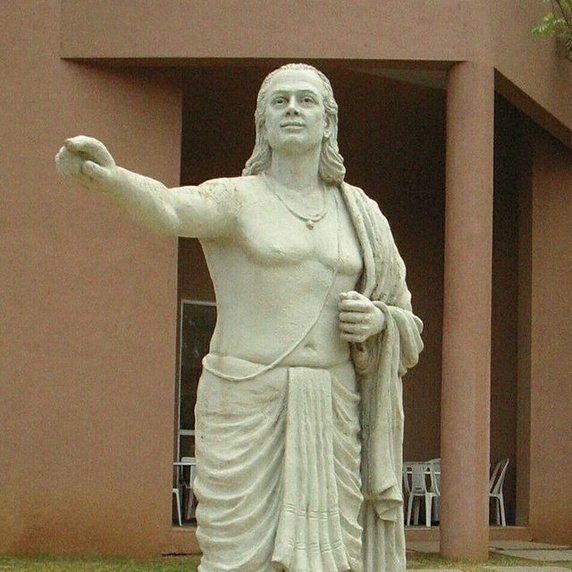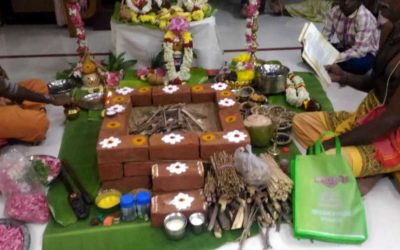If you ever wondered what makes Āryabhaṭa so great, here is a sampling from Āryabhaṭīya (499 CE) written by the maestro while he was 25. Gaṇitapāda chapter with just 33 terse verses will make you wonder why aren’t all Indians studying works of this genius, Indic-sciences reports.
Aryabhata was the first major mathematician and astronomer from the classical age of Indian mathematics and Indian astronomy. His works include the Āryabhaṭīya and the Arya-siddhanta. Aryabhata was born in 476 CE. He was 23 when he wrote Aryabhatiya.
His contribution to mathematics include:
1. Saṃkhyāsthāna: (Place value system) 2.Vargaparikarma, ghanaparikarma: (Squaring and cubing) 3.Vargamūlānayana: (Obtaining the square-root) 4.Ghanamūlānayana: (Obtaining the cube-root) 5.Area of a triangle 6.Volume of an equilateral tetrahedron 7.Obtaining the area of a circle 8.Volume of a sphere. 9.Obtaining the area of a trapezium. 10.Chord of a sixth of the circumference. 11.Approximate value of the circumference showing π ≈ 3.1416
12.Jyānayana: Computing R Sines 13. Chāyā-karma: Obtaining shadows of gnomons 14.Karṇānayana: Square of hypotenuse is sum of squares of sides 15.Śarānayana: Arrows of intercepted arcs 16. Śreḍhı̄-gaṇita: Summing Arithmetic Progression, count of terms & repeated summations 17. Varga-ghana-saṅkalanānayana: Obtaining sum of squares and cubes of natural numbers. 18.Mūlaphalānayana: Interest and principal 19.Trairāśika: Rule of three 20.Bhinna-parikarma: Arithmetic of fractions. 21. Pratiloma-karaṇa: Inverse processes 22. Samakaraṇa-uddeśaka-pradarśana: Linear equation with one unknown 23. Yogakālānayana: Meeting time of two bodies 24. Kuṭṭākāra-gaṇita: Solution of linear indeterminate equation.
Similarly his contributions to science include motion of the solar system, eclipses, sidereal periods, Heliocentrism.
This clearly shows that by the time of Āryabhaṭiya Indian mathematicians had systematized most procedures of arithmetic, algebra, geometry and trigonometry that are generally taught in schools today & many more advanced concepts of importance in astronomy.





0 Comments